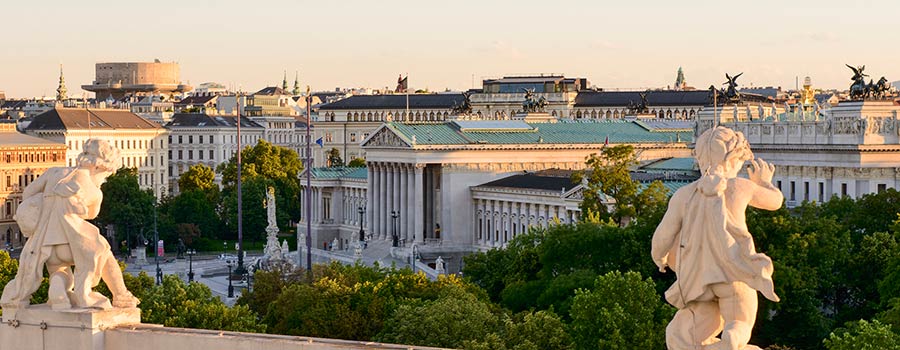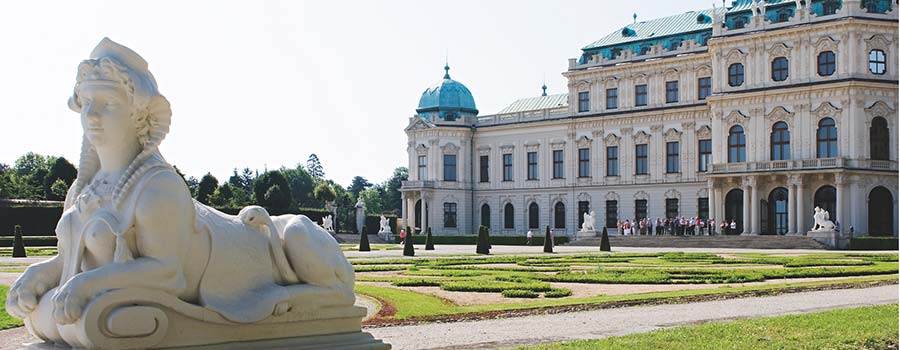
Castle Belvedere
Baroque castle and art collection
The Belvedere castle was built at the beginning of the 18th century by the famous Baroque architect Johann Lucas von Hildebrandt as a summer residence for Prince Eugen von Savoyen (1663-1736). The castle ensemble, consisting of the upper and lower Belvedere including orangery and pompous stable as well as a large garden, belongs to the most beautiful Baroque buildings of Europe and to the UNESCO world heritage.
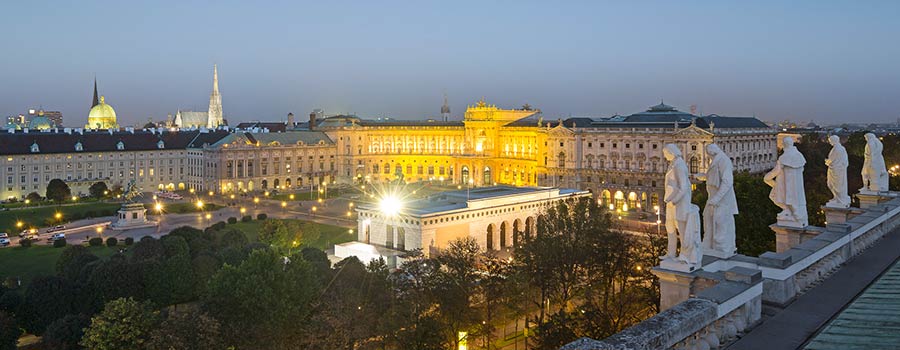
Imperial Palace Vienna
The Viennese Hofburg had not just been the centre of the Habsburger Empire for 600 years, but also the main residence of the imperial family. Today the Austrian Federal President as well as several ministers and State Secretaries perform their duties in the pompous representation rooms. Numerous cultural institutions also have their seat in the former imperial winter residence.
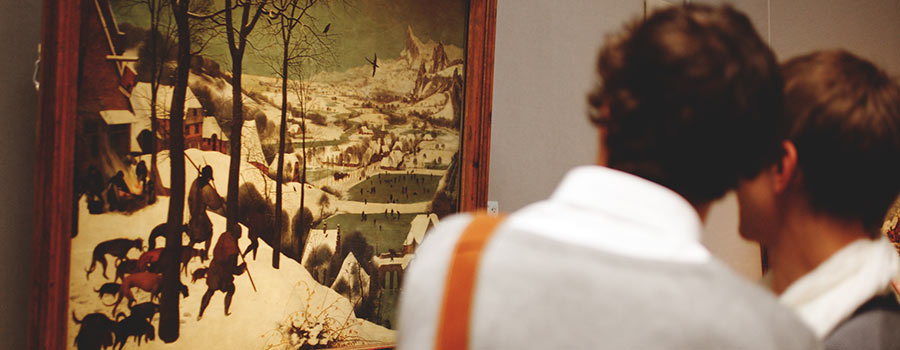
Museum of Fine Arts
The Kunsthistorisches Museum in Vienna is one of the largest and most important museums in the world. In the rich collections are objects from seven millennia, from the time of Ancient Egypt to the end of the 18th century. Special emphasis is placed on Renaissance and Baroque art.
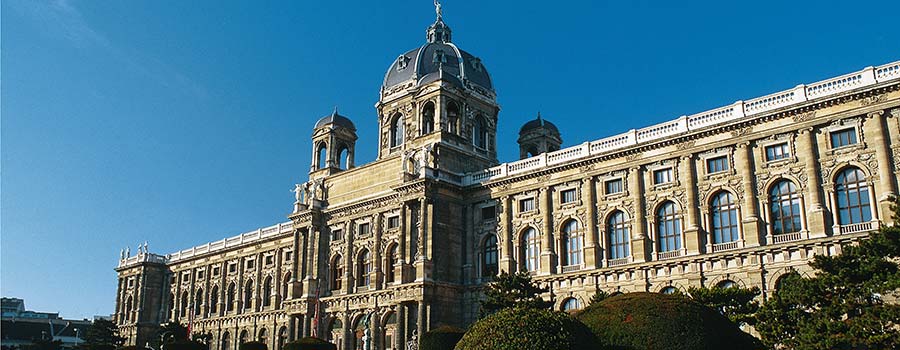
Museum of Natural History
One of the most important museums of the world - that's the Viennese Museum of Natural History.
Its earliest collections are more than 250 years old. Today about 20 million objects are scientifically supervised.
The magnificent palace of the natural science has accommodated these permanently growing collections since 1889. The interplay of building, figures and painting decorations, movables and precious exhibition pieces is mainly preserved in its original state and thus also makes the museum as 'museum of the museum' a cultural-historical treasure.
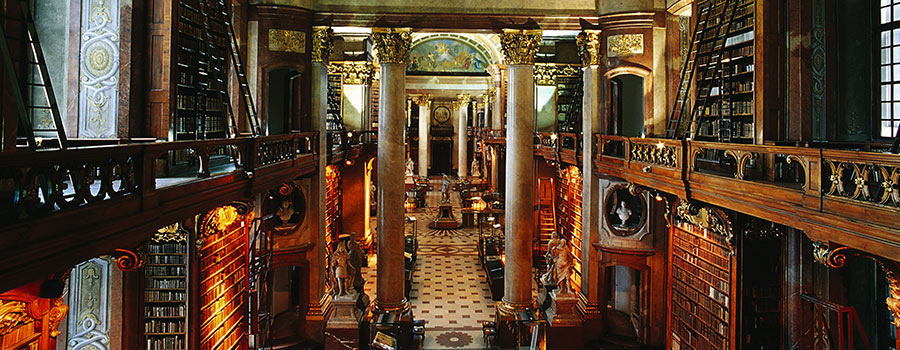
Austrian National Library
The Austrian National Library (ÖNB) - the central scientific library of the republic of Austria - can look back on a history rich in tradition, tracing back to the 14th century. It is the living bridge between the rich heritage of the past and the future-oriented demands of the modern information society.
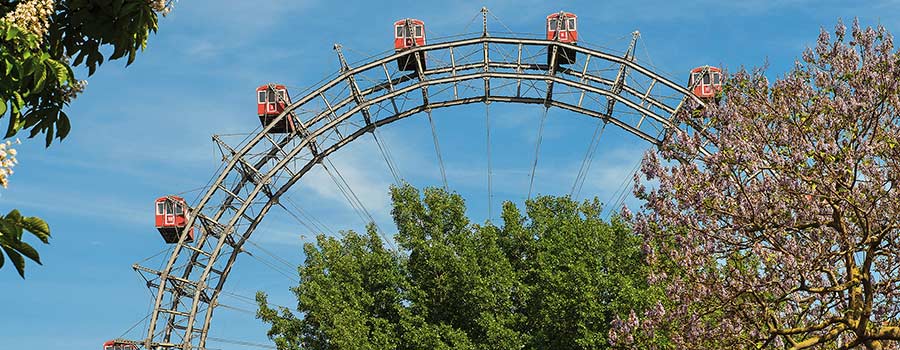
Amusement Park Prater
Amusement park with Ferris wheel and Schweizerhaus (beer garden) as well as local recreation area.
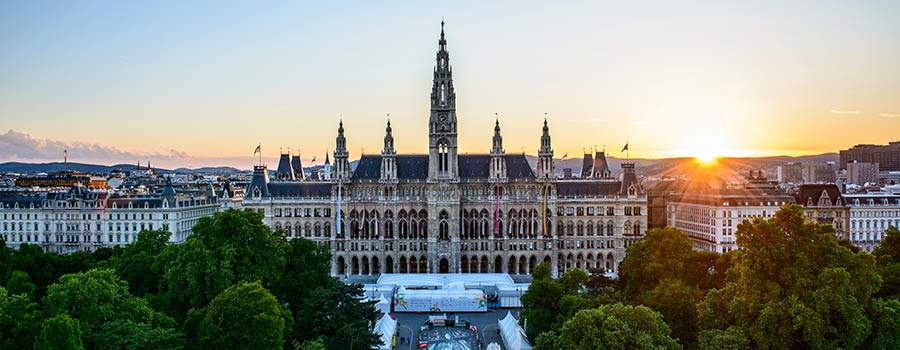
Town Hall
The Viennese Town Hall at the Friedrich-Schmidt-Platz in the 1st district of Vienna was built from 1872 to 1883 according to the plans of the architect Friedrich von Schmidt. It accommodates the administrative rooms of the Viennese mayor and the municipal council. The municipal council also function as the Landtag.
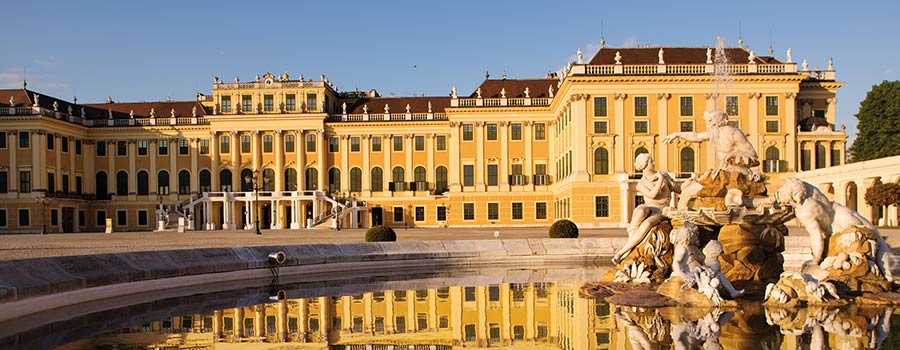
Schönbrunn Palace
The imperial Schönbrunn palace is one of the most breathtaking sights in Vienna and a UNESCO World Heritage site since 1996. With its beautiful gardens and Gloriette overlooking the palace grounds and the city, the large park and Zoo, it is one of the most important Austrian cultural monuments. Allow yourself to be transported back in time by taking a tour through the restorated rooms and halls of Schönbrunn - walk in the footsteps of Mozart and the monarchs alike.
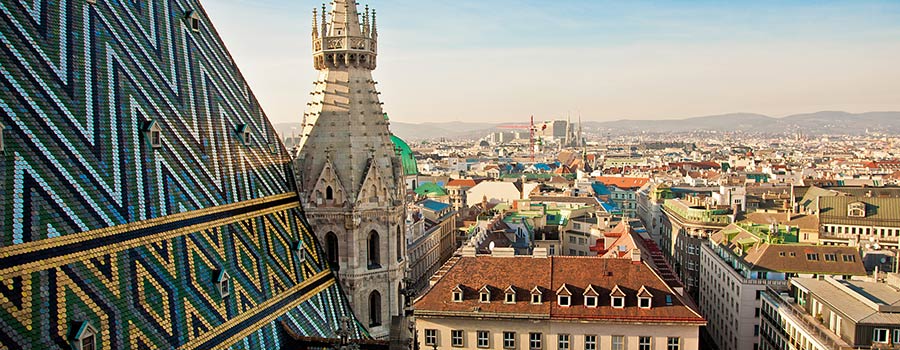
St. Stephans´s Cathedral
Aside from its cultural significance, St. Stephans Cathedral hosts seven masses on each weekday and ten on Sunday.
The building and the cultural possessions "Stephansdom"
is the subject of many books, illustrated books, investigations etc.
The uniqueness of this dome and the thousands of details make it an art-historical and architectural treasure. Each detail has its purpose, background and history: altars, gates, towers, pillar figures, pictures,...
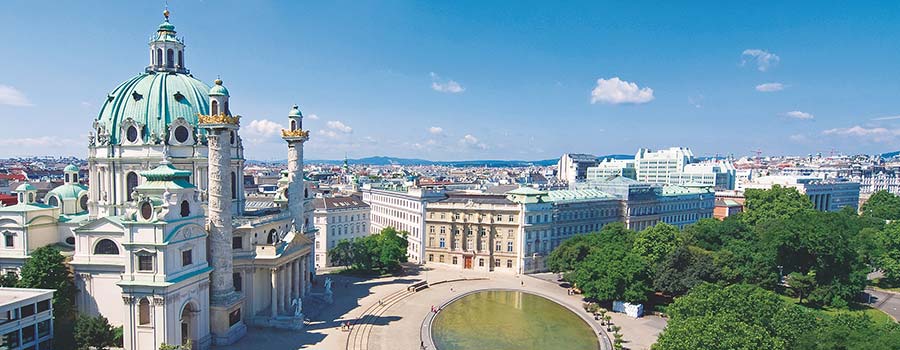
St. Charles's Church
The St. Charles's Church is a Roman Catholic parish church in the 4th district of Vienna Wieden. It lies on the south side of the center near Charles Square and is one of the most important Baroque churches north of the Alps and one of the landmarks of Vienna.
The church was restored together with the Karlsplatz in the late 1980s -Through its dome and two flanking relief columns, St. Charles Church acts as an architectural counterweight to the buildings of the Musikverein and Technical University.
Zentralfriedhof
The Zentralfriedhof (central cemetery) houses many graves and monuments of famous personalities and Karl-Borromäus church, is the most important cemetery of Vienna. It is the last resting place for people of all religions. The Viennese Zentralfriedhof is not just a haven of eternal peace - the landscape, with its impressive flora and fauna, is a place for stillness and reflection.
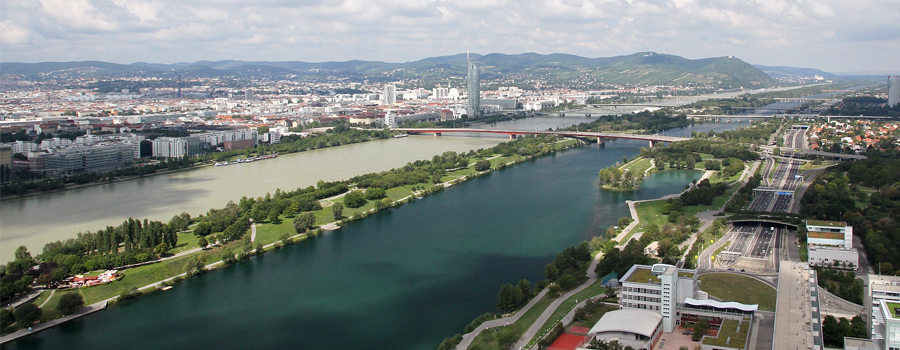
Donauinsel
Bathing, boating, cycling, skating, beach volleyball – or take a break from your sight-seeing over a picnic: a visit to the Donauinsel promises fun, action and relaxation for the entire family. It´s also home to the Donauinselfest: Europe´s largest open-air festival with free admission.
The Donauinsel is the most popular local holiday area amongst the Viennese and offers numerous entertainment options over a total length of 21km. The island is easily accessible from the city centre by taking the U1 or U6 underground services.
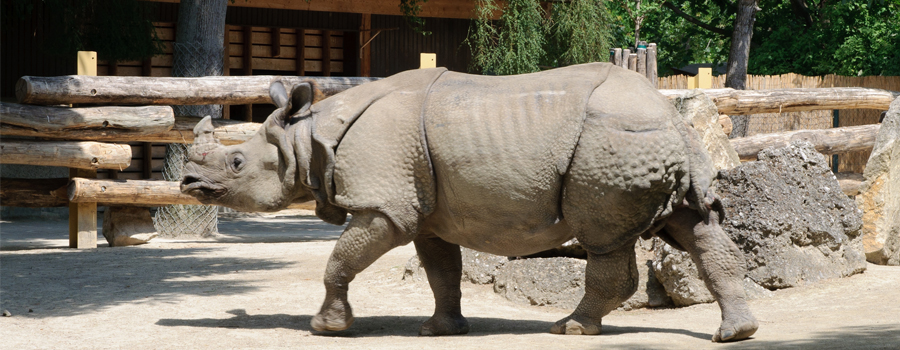
Tiergarten Schönbrunn (Zoo)
Schönbrunn Zoo was founded by Emperor Francis I Stephan from Lorraine, Maria Theresa’s husband, making it the oldest zoo in the world. It is part of the Schönbrunn UNESCO World Heritage site and was named Europe’s best zoo four times in succession.
A variety of animal species from all over the world and unique breeding successes attract around 2 million visitors to the zoo every year. The visitors are offered the chance to attend the feeding of various animals and take special guided tours such as a night-time guided tour. The eateries on the zoo premises itself ensure visitors can take a break with a great meal or cake and coffee.
The zoo is open from 9 a.m. daily. Please visit the following for further information:

The MuseumsQuartier Vienna
The MuseumsQuartier Vienna (MQ) is one of the largest cultural areas in the world, and is located on the edge of the old city in the former imperial stables. Over a total area of 60,000 square metres, exhibitions and facilities from various art genres, cafés, restaurants and shops are accommodated in a post-modern combination of baroque buildings and modern architecture.
The MuseumsQuartier is home to, for instance, the Leopold Museum, the mumok and the Zoom children’s museum, making it suitable for all ages and interests.
The MQ is located on the Museumsplatz, not far from Mariahilfer Straße, and is accessible via the underground services U2, MuseumsQuartier station, and U3, Volkstheater station.
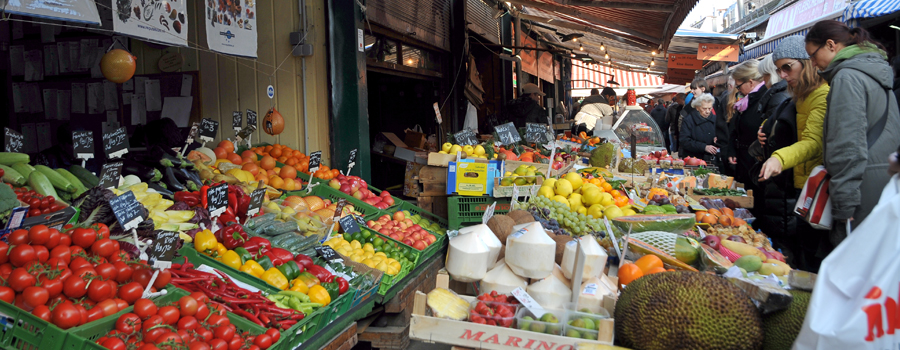
Naschmarkt
With 2.3 hectares, the Naschmarkt is the largest market in Vienna where you will find specialties in all shapes, forms and sizes. The market has been around since 1774. Its current form was planned by Otto Wagner and opened in 1916. Located on the Wienzeile, the Naschmarkt is open from Monday to Saturday, leaving no culinary desires unfulfilled.
In addition to the varying range offered by many cultures, events are frequently hosted. This is the right spot if you are looking for innovative products or if you wish to find out more about exciting projects. For many, a visit to Vienna isn’t complete without stopping off at the Naschmarkt!
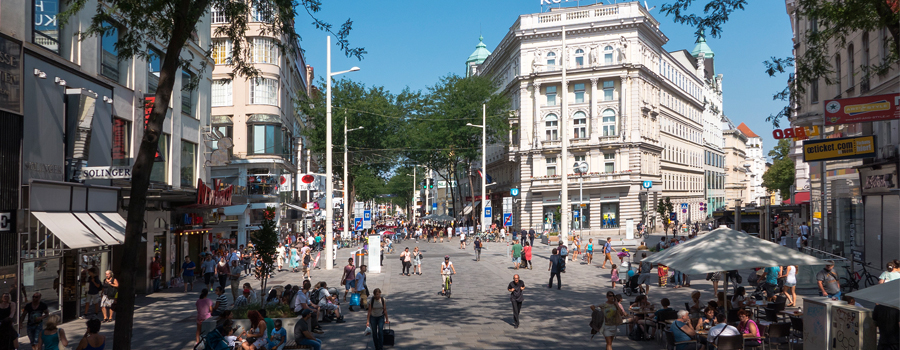
Mariahilfer Straße
Part of Vienna’s biggest shopping mile has been pedestrianised since 2013, with the lower part of the street being a shared space where all road-users have equal rights. The shopping mile can be accessed at various points between Westbahnhof and Volkstheater (U3) and by alighting at the U2 station MuseumQuartier.
